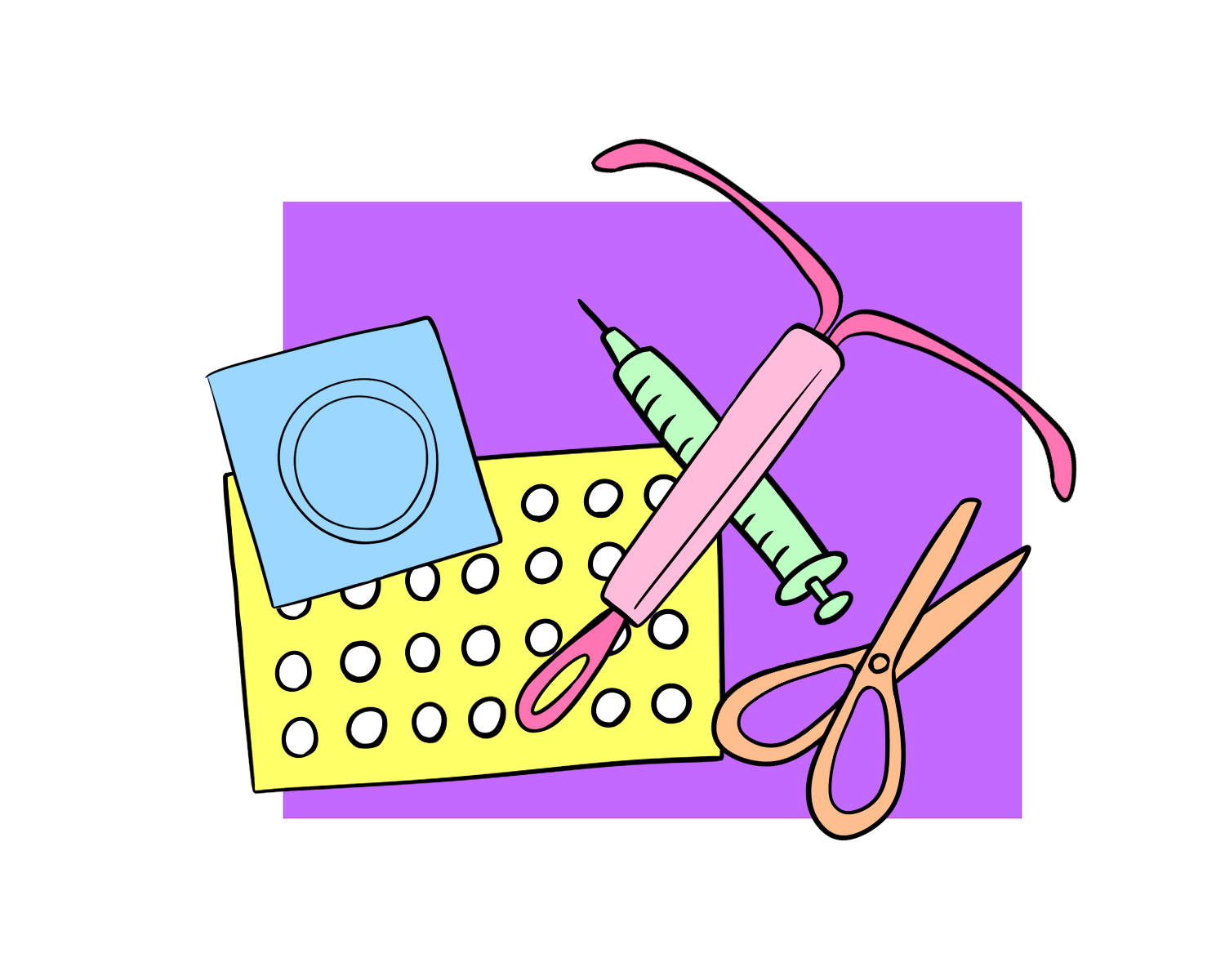By Marisa Loranger, News Editor.
A Michigan teen has been fighting for her life after getting Toxic Shock Syndrome (TSS). Rylie Whitten, 15, was admitted to the hospital after experiencing flu like symptoms, then she started to lose the ability to move.
TSS happens to one in 100,000 menstruating women a year. It is from a bacterial infection and it typically occurs from using super absorbent tampons.
“There is a buildup of too much bacteria (staphylococcus aureus aka staph) in the body. The bacteria is then released into the body which can cause symptoms such as: fever, hypo-tension, confusion, rash, vomiting, diarrhea, muscle aches and seizures,” explains Nicole Boelter, an ER registered nurse at Covenant and nursing graduate student from Delta.
Symptoms progress fast and can quickly lead to organ failure, low blood pressure, shock and death. Bacteria on tampons can grow very quickly because of the bleached cotton, cellulose fibers and bleached wood pulp material in tampons, menstrual blood and the pH change that happens in the vagina during menstruation. If the tampon drys out the vagina, it can cause tearing of the vaginal walls. This can create a straight path for the bacteria on the tampon to enter the bloodstream.
Tampon use has been increasing since the 1930s. When women became more active and entered the workforce during World War II, tampons became the go-to. Tampon usage continued to grow until 1980, when the Center for Disease Control (CDC) investigated TSS cases. They found that of the 55 cases, 95 percent were menstruating women who used tampons as their method of feminine care. Tampon sales decreased dramatically until the 1990s where they increased in sales again.
Tampon companies recommend wearing pads while sleeping since tampons should not be worn for more than eight hours and tampon boxes have a warning on the box, warning consumers about the risk of TSS.
Most people only know of two products when they first start menstruating: disposable tampons and pads. While both are viable options as long as the user follows the instructions, there are other methods for those who don’t feel comfortable with tampons and their risks.
Disposable pads can be harsh on the labia and clitoris. They are made of plastic and make it hard for air to get to your vagina, giving bacteria the opportunity to grow.
Whatever you choose, it’s your choice. No one can tell you what you should use and as long as you’re comfortable that’s what matters. Research should be done on all products to make sure they are being used safely, properly and you are getting the most out of them.
Reusable pads:
- Softer and breathable, helping with rashes and cramps.
- They are also less likely to leak.
- They need to be soaked in water after use and then put in the washer, but they can last years when taken care of properly.
Menstrual cup:
- Made of flexible and durable silicone.
- Once inserted, the cup creates a suction around the cervix so there are no leaks.
- The removal process can be messy in the beginning.
- The cup must be rinsed with warm water before reinsertion.
Period panties:
- Made out of a material that is absorbent enough to hold two tampons worth of liquid.
- Antimicrobial, which makes sure that bacteria cannot grow.
- It is leak resistant and takes out moisture.
Sea sponge:
- Don’t prevent bacteria growth, but it does make it harder for bacteria to grow.
- Don’t absorb odor, they are toxin free, hypoallergenic, and soft.
- Can last up to six months if taken care of.
- May rip when being pulled out and it can create a mess.


